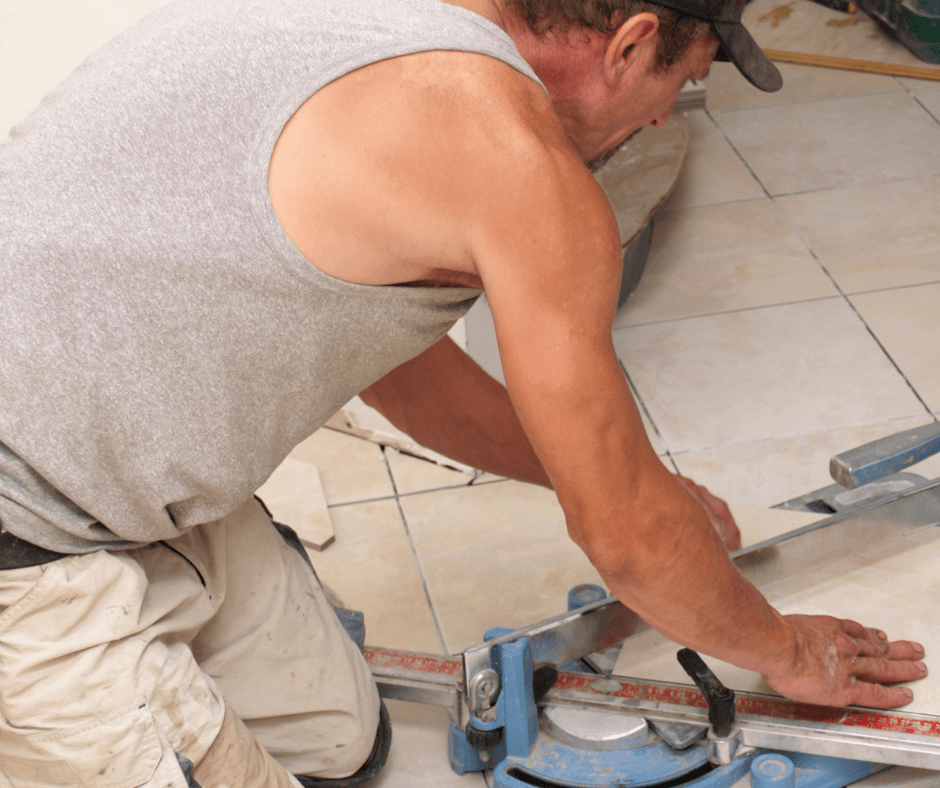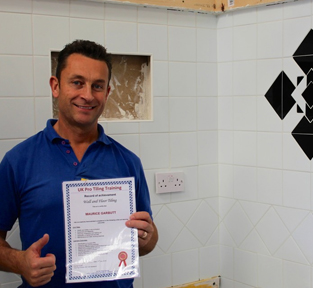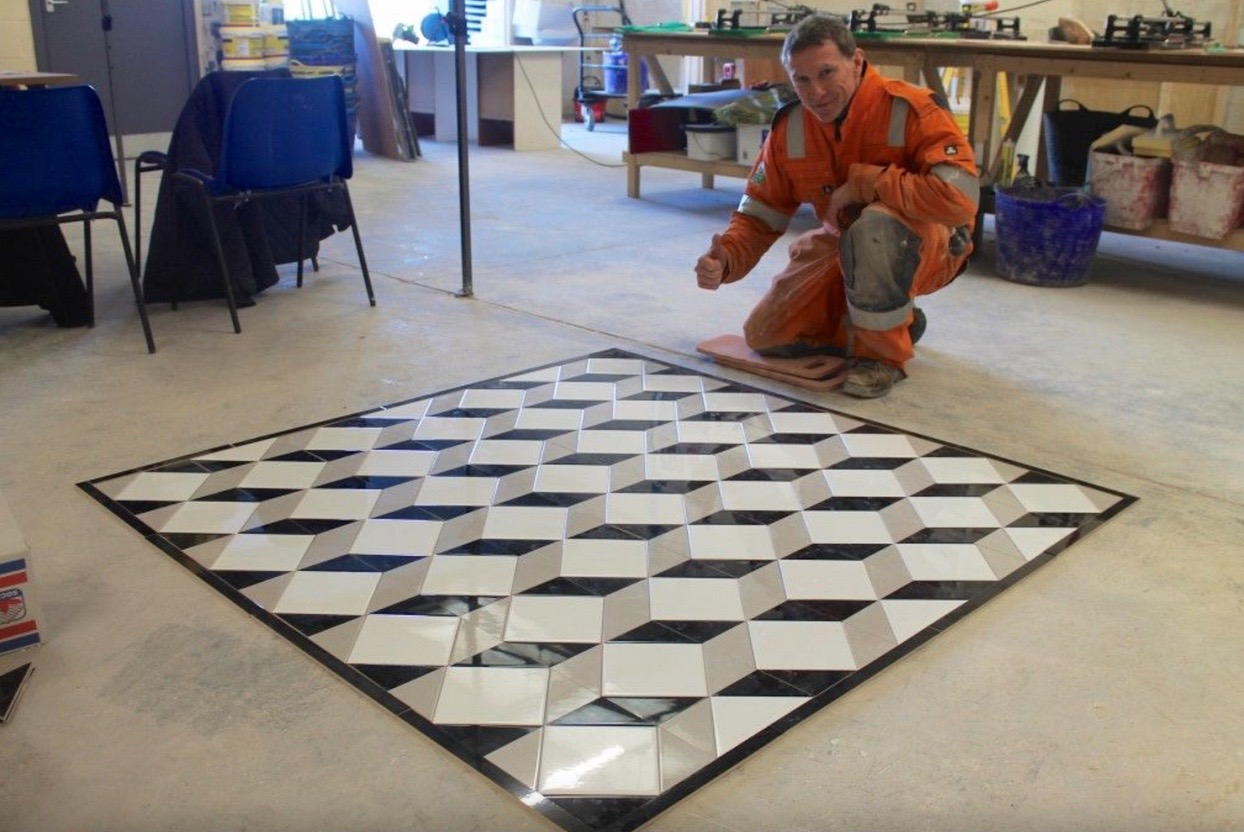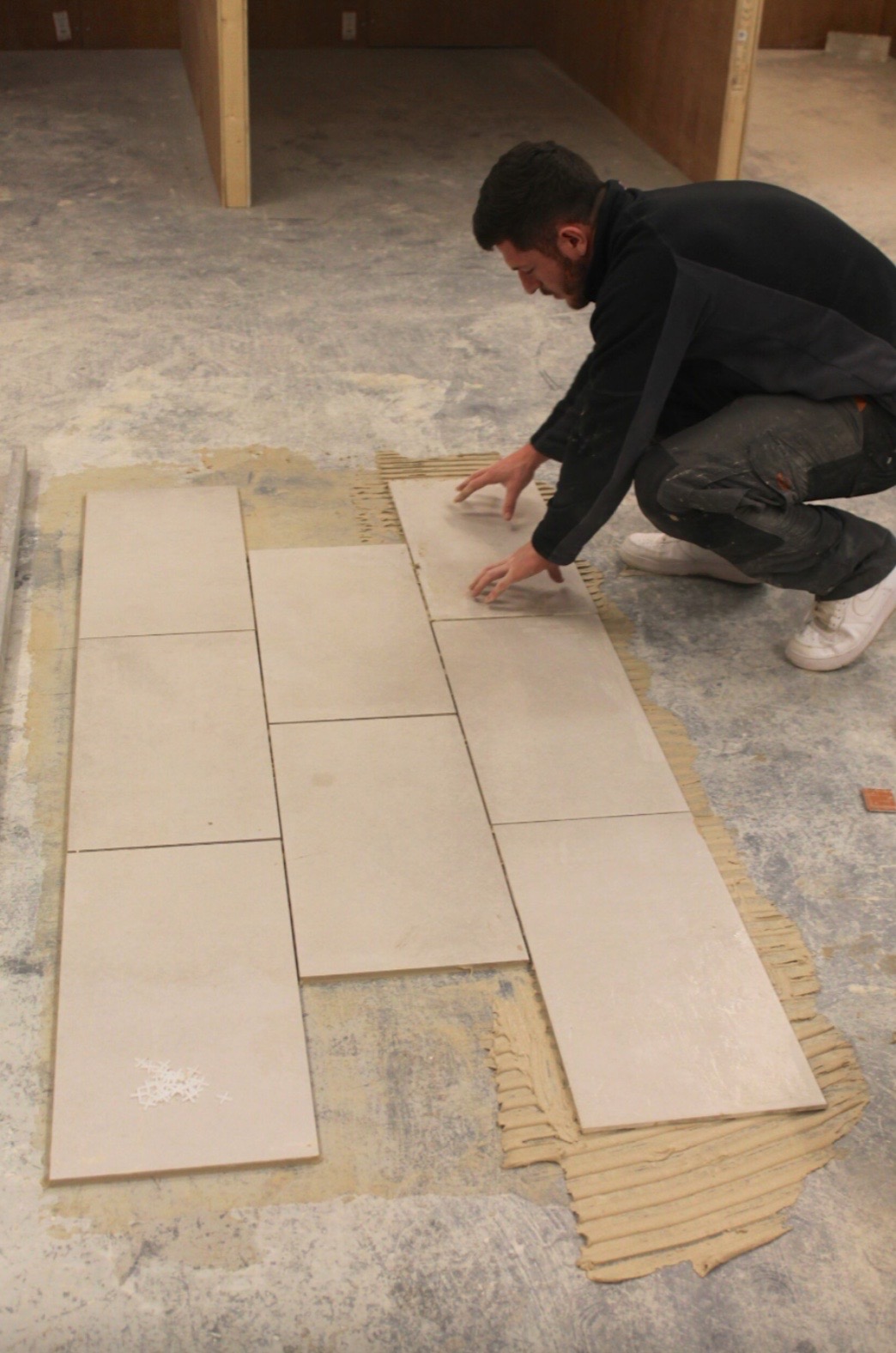What is the Strongest Tile For Floors?

Tiles are a cost-effective solution for any wall or floor because they last for a long time, are relatively simple to source and have a magnetic aesthetic appeal. Homeowners choose tiles because they provide long-term value for money, and with so many designs and materials available, it isn’t easy to know where to start.
One of the most important things you should consider when purchasing new tiles is whether they’ll be strong enough for your floor.
This post will look at the best tiles for floors and the essential things you should look for. Whether you’re renovating your property or are a professional tiler that wants to give customers the best possible service, this post will clear everything up.
Why Does Tile Strength Matter?
When it comes to redecorating, there’s always an initial investment, but people are willing to spend money on their homes because it’s the place they sleep, relax, and raise a family. The decor and materials people choose depending on their preferences and available budget.
For example, families with pets or young children will probably avoid white carpets, and older adults might prefer carpet to laminate flooring because there’s less chance of slipping.
But tile strength also makes a big difference to how long your flooring will last, especially in high-traffic rooms. Most people use tiles for their kitchen and bathroom, which are cooking, cleaning and eating areas.
Most kitchens also lead to the back garden, which means you also have to contend with people and animals regularly walking across the floor.
If you want to make a sound investment in your tiles, it’s essential that you consider which strength you’ll need.
Let’s take a look at the different tile types and how they measure up for high-traffic rooms.
Natural Stone Tiles
Most people choose natural stone tiles because they’re so attractive and add an air of elegance to any property. The most popular stone tile types include granite, limestone, travertine, marble and slate, but only two are suitable for high-traffic floor areas.
Both slate and granite are strong enough to withstand kitchens and bathrooms, and as long as you buy them from a reputable manufacturer, they’ll last for a long time.
While slate has a textured surface, some tiles are smoothed down to create a uniform look. If you’re a fan of darker tones, you’ll love slate, but it’s not very versatile in terms of designs.
Granite is more speckled in appearance, and it’s incredibly strong when it’s polished, so you can be sure that scratching your granite flooring will take a lot of effort.
Ceramic Tiles
There’s always some confusion about whether ceramic and porcelain tiles are the same, and the explanation isn’t exactly straightforward. Most manufacturers class ceramic tiles as tiles that contain clay and are kiln-fired, so porcelain is technically a subgroup of ceramic tiles.
While both go through a similar process, ceramic tiles are quicker to produce, which means they have less strength than porcelain.
Most people use ceramic tiles for decoration or on their walls, not on floors, because ceramic isn’t durable. The material itself is easy to cut through, so while ceramics are great if you want to make an artistic statement, we’d recommend you don’t use them for your flooring.
Porcelain Tiles
Porcelain tiles are kiln-fired at high temperatures, and manufacturers use the dust-pressing method to strengthen each tile. Doing this makes the porcelain a lot more durable, and they’re also ideal for outdoor areas because the tiles don’t absorb much water.
Of all the tile types available, porcelain is the strongest, beating wood and even cement, so it’s easy to see why so many households choose it. Each tile has a rating from the Porcelain Enamel Institute that lets people know if it’s suitable for commercial properties.
While ceramic tiles have a low PEI rating, porcelain tiles are ranked between PEI 3-6, all of which are suitable for any foot traffic.
Things to Consider
So, now you know about the different tile types available for your flooring needs, it’s time to decide. Here are some things you should consider before you buy your tiles.
Do I Have the Skill?
Tiling is an intricate task, and some types of tiles are easier to work with than others. Porcelain is a high-strength tile, which means it can be challenging to cut, and many people will struggle to lay it correctly.
However, as porcelain is such a quality material, we recommend you either use the services of a specialist tiler or take advantage of porcelain tiling courses, which give you the vital skills and hands-on experience to succeed in any tiling tasks.
What’s The Budget?
When choosing floor tiles, your budget is a significant factor in decision-making because you need to balance price with quality. There’s no point in buying cheap ceramic tiles only to find they crack a few months down the line, so think about how long you want your flooring to last.
In our opinion, it’s always better to spend a little bit more money upfront if it means your tiles will last a few years longer. Ultimately, it’s your decision, but while porcelain and natural stone might be more expensive choices, they do offer higher levels of durability.
Are My Needs Likely to Change?
Are you planning on having children soon? Or how about adopting a pet? Ceramic tiles might seem like a good idea at first, but if your household is likely to change, then it’s best to choose a tile type that will grow with your family.
Pets and children have two things in common; they need a lot of care and make a lot of mess. Porcelain tiles are designed to withstand heavy footsteps, spillages and everything else your kitchen and bathroom could be exposed to.
The Bottom Line
Tiled floors can enhance the aesthetics of your home and make a real statement. Hopefully, this post gives you an idea of the strongest tile for floors, and you’ll be able to go away and choose a design and colour that suits your decor preferences.
Don’t forget to follow our blog. We regularly post essential tips, tricks and trade secrets for the world of tiling.



